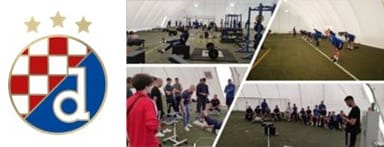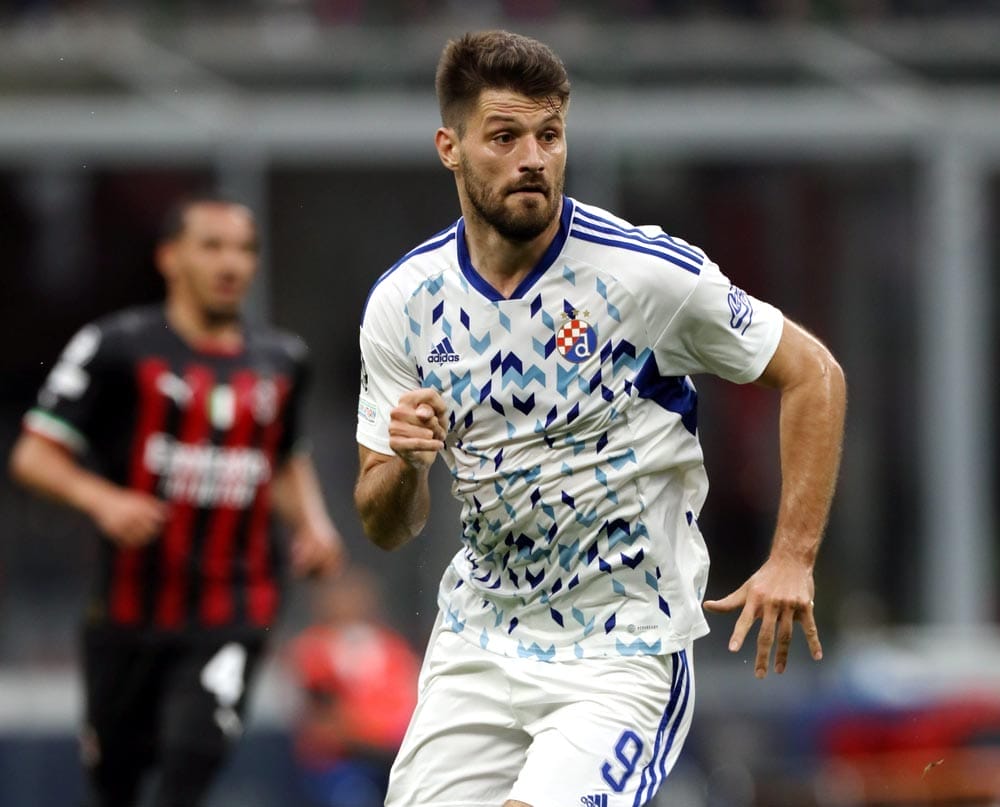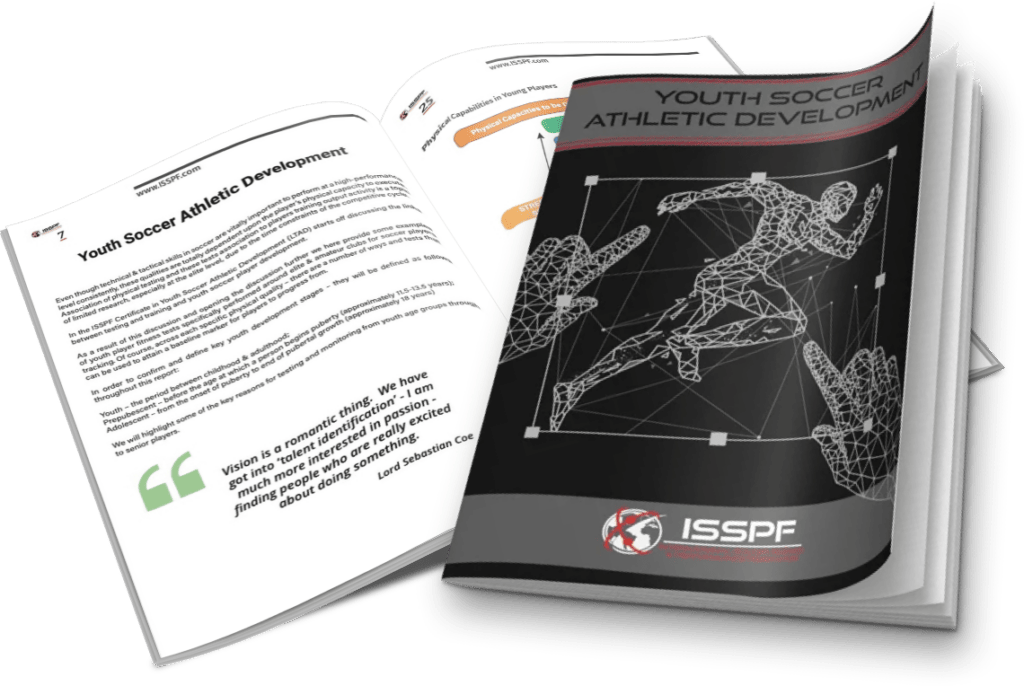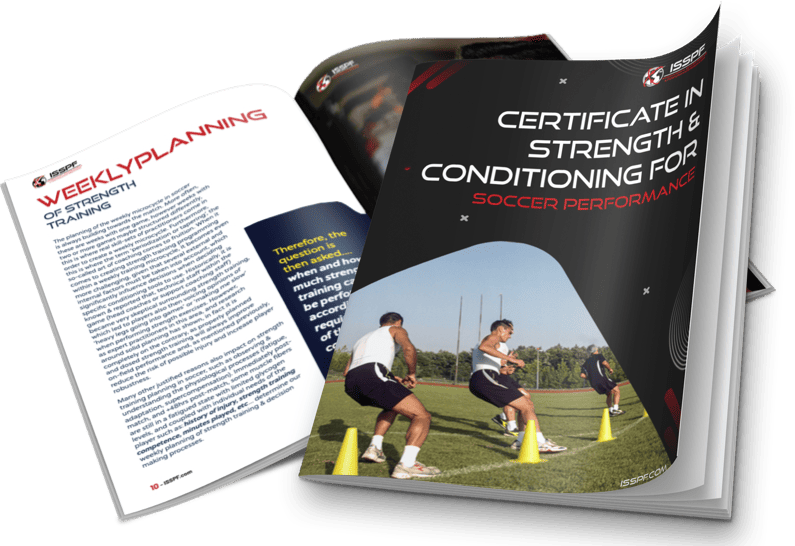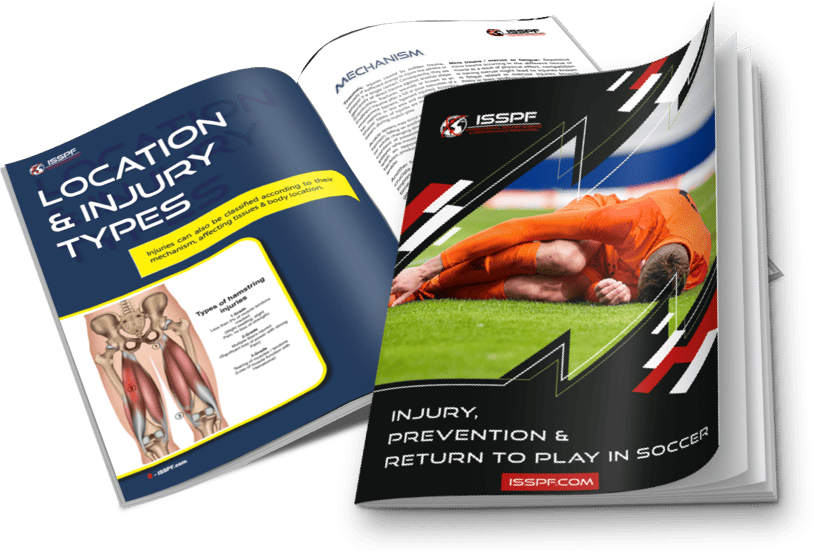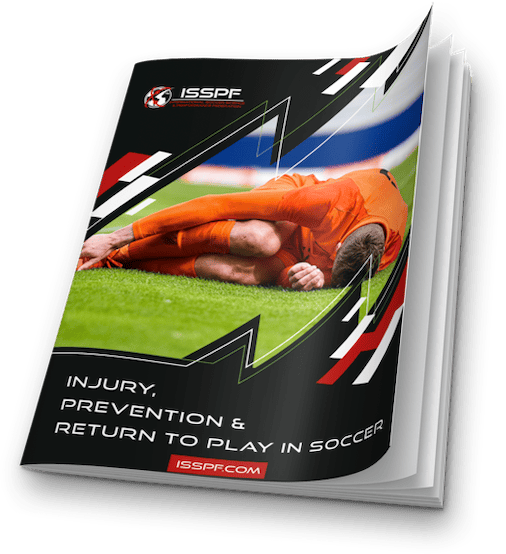Author: Marko Matusinskij (High-Performance Expert) GNK Dinamo Zagreb Academy Physical Coordinator – GNK Dinamo Zagreb Women’s S&C Coach
High-performance coaching is often well-discussed but not always implemented. Ensuring a high-performing methodology focussed around the maximal development of soccer players and teams often involves coaching around key performance indicators (KPIs) surrounding the 4-cornered approach to the sport: physical, technical, tactical, and mental aspects of the game.
Implementation of a high-performance approach goes way beyond training & competitive match play, as it should involve the further development of strengths, whilst minimising and reducing individuals weaknesses. This is done through the creation of customized training plans, whilst testing and monitoring progress toward attainable, targets, which is especially important in developmental soccer academies and longitudinal player development programming.
Using the example set in this article, and as an experienced practitioner in elite academy player development (GNK Dinamo Zagreb), you will gain an overview through the combination of physical and tactical aspects of high-performance methodology and coaching explained later in this case study.
A high-performance environment is critical for both players and coaches to succeed in soccer. For players, a high-performance environment provides the tools, resources, and support they need to reach their full potential, both on and off the field. This includes access to quality training facilities, expert coaching, sports science support, and mental skills training interventions.
For coaches, a high-performance environment enables them to create a culture of excellence, where players are motivated and focused on achieving goals. This involves developing strong relationships with players, setting clear expectations and standards, and providing ongoing feedback and support.
The benefits of using a high performance approach in soccer are endless, with some of those being shown through:
- Improved player development: Focusing on key performance indicators, high performance coaching can help players improve their skill and ability, which can ultimately lead to better performance on the pitch.
- Enhanced team performance: High performance coaching helps teams to develop a culture of excellence and a common approach to training and preparation, which can lead to improved team performance and success.
- More efficient training: By monitoring progress and adjusting training plans accordingly, high performance coaching can help to optimize training sessions and ensure that players are getting the most out of their time on the pitch.
- Increased motivation and focus: High performance coaching can help players to set and achieve challenging goals, which can increase motivation and focus both on and off the pitch.
- Better injury prevention: High performance coaching can help to identify areas of weakness and create individualized training plans that can help prevent injuries and keep players healthy and performing at their best.
Principles of High Performance Coaching & Methodology in Soccer
The main principles of high-performance coaching and methodology in soccer can be defined through…
Goal-setting: Setting specific, measurable, attainable, relevant, and time-bound (SMART) goal is a critical component of high-performance coaching. Coaches must work with players to identify goals that are challenging but achievable, and then create a plan to achieve those goals.
By setting and achieving goals, players can build confidence and motivation, which ultimately can lead to improved performance on the pitch. As we all know, teams typically conduct some sort of evaluation at the outset of the preseason. After the initial assessment procedure, we might occasionally repeat the measurements once more throughout the season.
The failure to incorporate the results of measurements into training design is a bigger issue than just conducting measurements once more. It’s difficult to say whether we’re succeeding or failing in our objectives if we do not analyse or monitor performance outcomes.
Individualization: Every player is unique, with different skills, strengths, weaknesses, and learning styles. High performance coaching recognizes this and provides individualized coaching and training to help each player reach their full potential. By tailoring coaching to each player’s needs, coaches can optimize their development and ensure that they are performing at their best on the pitch. I like to say, soccer is a team sport, but a team sport made of 25 or more individuals. We need to remember that. This is even more important when working with young players.
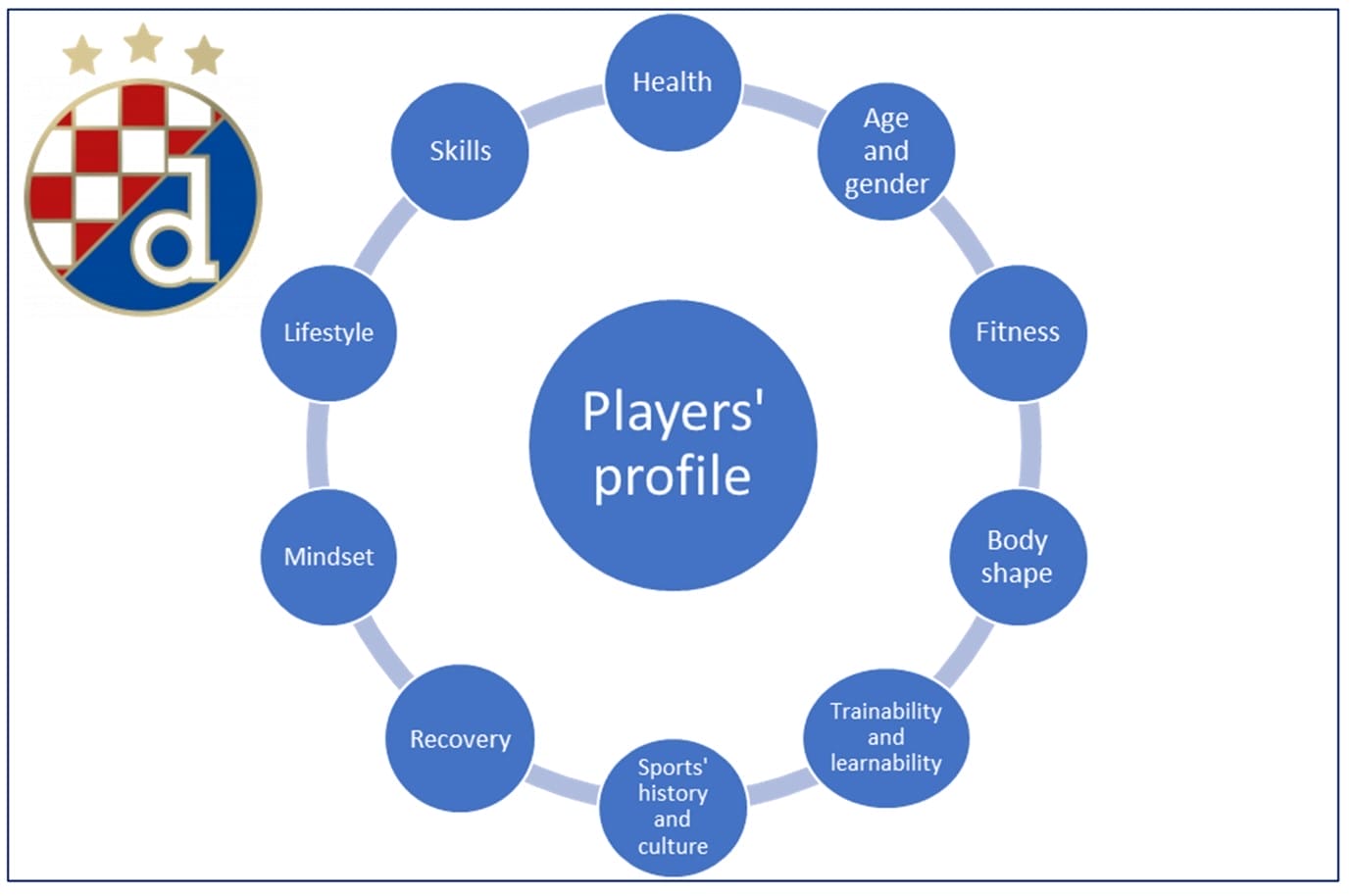
Continuous improvement: High performance coaching involves continuous monitoring of progress and making adjustments to coaching and training plans as needed. This includes regular feedback sessions with players, data analysis, and ongoing communication with the coaching staff. By constantly striving for improvement, coaches can help players reach new levels of performance and achieve their goals.
Mental toughness: Soccer is a mentally demanding sport, and high performance coaching emphasizes the development of mental toughness and resilience. Coaches must work with players to develop coping mechanisms, positive self-talk, and strategies for staying focused and motivated, even in challenging situations.
Data analysis: High performance coaching involves collecting and analyzing data to monitor progress, identify areas of weakness, and make data-driven decisions. This can include analyzing game footage, tracking player performance metrics, and conducting assessments to measure progress against key performance indicators (KPIs).
Individualization and defining KPIs are particularly important in soccer because of the complex and dynamic nature of the sport.
In order to achieve this goal, the coach might define KPIs such as shot accuracy, shot power, and ability to get into scoring positions. By monitoring progress against these KPIs and adjusting the training plan as needed, the coach can help the striker achieve their goal and perform at their best on the pitch. Similarly, by providing individualized coaching and training to each player, coaches can help them reach their full potential and contribute to the overall success of the team.
Communication and People: The Importance of People and Communication
People and communication are critical components of high performance methodology and environment in soccer. The success of a team relies heavily on the quality of the relationships between players, coaches, and staff, as well as the level of communication among them.
In his book “Good to Great,” Jim Collins emphasizes the importance of having the right people on the team, stating that “you need to have the right people on the bus, the wrong people off the bus, and the right people in the right seats.”
This principle is equally applicable to soccer teams, where having the right players, coaches, and staff members is essential to building a high-performance culture.
Effective communication is also crucial to creating a high-performance environment.
Coaches must communicate their expectations clearly to players, and players must communicate with each other both on and off the pitch. According to a study by the European Journal of Sport Science, “team communication is one of the most important components of successful teamwork” in soccer. According to my experience, a simple brief meeting before the training session can serve as a decent place to start.
Furthermore, communication is not just about verbal interactions. Nonverbal cues, such as body language and facial expressions, can also play a significant role in team dynamics.
A simple 10-minute brief meeting before the training session can serve as a decent place to start.
In addition, creating a positive and supportive team culture can also enhance communication and team dynamics. A study by the International Journal of Sports Science and Coaching found that “team culture can play a significant role in team success, as it can facilitate communication, motivation, and performance.”
Implementing High Performance Coaching and Methodology in Professional Soccer
We want a high-performance environment for our players as a high-performance organization.
Because we deal with some of the most talented players in European soccer, our primary goal and mission in the physical department is to provide our players with the best conditions possible. To accomplish this, we must answer some fundamental questions: such as why do we what we do? How and what will we do?…and when we will do it?
But we also need as many answers & justifications to maximise the coaching and methodology of how we work…. such as “How to achieve and manage the balance between physical and tactical training?” Where does the work of a fitness coach stop and where does the work of the soccer coach starts?
How much training load is enough at the training session before or after the game? How to progress in strength over the weeks and years?
The Box System – Academy Departments
We have all necessary divisions in an elite academy structure. In this manner, staff are able to move from department to department, focusing on the most essential KPI for each player, category & department. It’s similar to a checklist; if all of the boxes are full, everything is fine, and we can move on to the next box until we discover the weakness or problem.

The Importance of Roles and Job Description for Coaching Staff and Players
In the world of soccer, having clearly defined role specifications is vital for success in high-performance environments. This is particularly true in professional teams, where every player must understand their role and responsibilities on the field.
Role specifications help players and coaching staff make informed decisions about tactics and strategy during games. If each player knows their position, responsibilities, and tasks, they can work together more efficiently to achieve a common goal.
For example, if full-back knows that their primary role is to defend and provide support to the central defenders, they can focus on executing these tasks instead of trying to contribute to attacking play, which may not be their strong suit.
In the world of soccer, having clearly defined role specifications is vital for success in high-performance environments…
Furthermore, well-defined role specifications allow for effective player development, and coaches can provide specific feedback and training to help players improve in their designated roles, whilst players can work on the areas that they need to improve (IDP – Individual Development Plans). By having clear role specifications, coaches can develop a longitudinal plan that takes advantage of each player’s strengths while minimizing their weaknesses as discussed.
Beyond game strategy, role specifications are also essential for everyday work in soccer teams. By having clear expectations of what is required in each role, players and staff members can work together more effectively.
This can reduce confusion, errors, and conflicts that may arise due to misunderstandings or lack of clarity about responsibilities – when developed in conjunction with each other – can become a powerful and engaged tool to maximise performance.
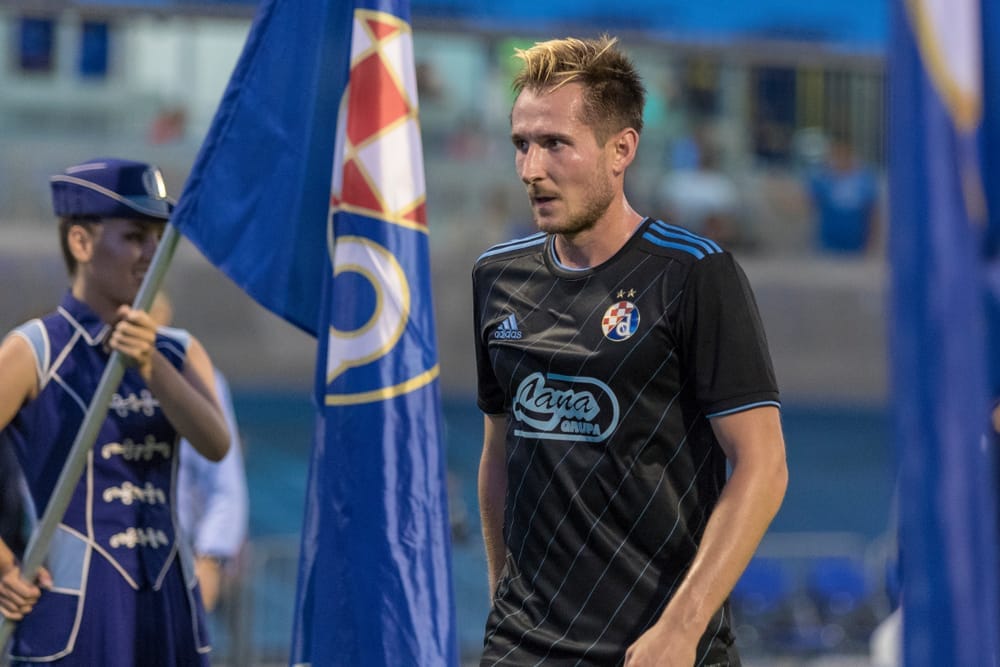
ISSPF faculty member and elite performance practitioner Efthymios Kyprianou divided all the major physical departments into four primary pillars in one of his ISSPF presentations. This is a great strategy that we use as an example. So we divided this vast system of physical preparation into four major groups. They are as follows: Performance Methodology, Monitoring, Assessment, and Research.

360° Performance System: Integration of Strength and Conditioning
The coordination of the efforts and cooperative actions of all professionals within the sports organization, which includes a greater number of players, is what makes a personalized system of sports preparation in team sports complex.
Each participant also has a variety of traits that need to be recognized, examined, and kept an eye on. Some qualities need to be improved because they are currently in an unacceptable condition. The comparative worth of other characteristics, which are at an acceptable or above average level, should be highlighted. We must comprehend a player’s individual training history, outcomes of personalized assessments, goals, training regimens, and monitoring in order to determine what traits need to be improved.
Each of these components allows us to include a player with his or her performance outcomes, health status, facets of strength and conditioning, and recovery. (remember the individual profile).
Example of programs: performance (sport): Technical or tactical, individual and team exercise, preventive programs for health, strength and conditioning: corrective program, energetic program, strength program and speed program.
Implementation of Key Programs (IDP included)
I strongly support the integration of training micro-dosing. We want to make every moment with our players significant and with a purpose when it comes to scheduling sessions and delivering them. We use the time before sessions, during the session, after sessions, and at some special times of the day to work with them.
The timings are generally divided into:
- Pre-training
- In-training
- Post-training
- Special-training
| Exercise | Sets | Reps | Weight | Rest Period | Method Used | |
|---|---|---|---|---|---|---|
| Before Main Session | Ankle Circles | 2 | 10-12 (each side) | Bodyweight | 30 seconds | Mobility |
| Ankle Alphabet | 2 | 10-12 (each side) | Bodyweight | 30 seconds | Mobility | |
| After Main Session | Bulgarian Split Squats | 2 | 3-5 (each side) | 75% 1RM 2RIR | 120-150 seconds | Strength |
| Trap Bar Deadlift | 3 | 3-4 | 75% MR 2-3RIR | 120-150 seconds | Strength | |
| Other Time of Day | Resistance Band Ankle Inversion | 2 | 12 (each side) | Light Resistance Band | 30 seconds | Mobility |
| Resistance Band Lateral Walks | 2 | Light Resistance Band | 10-12 (each side) | 30 seconds | Strength |
Table 1. Example of 360° Performance System for one athlete with lower body strength and ankle mobility deficit
The program focuses on a lower volume of reps and sets during the main session, with an emphasis on higher weight and longer rest periods.
This will help the player to focus on building strength and power, while minimizing the risk of injury due to overtraining. The ankle mobility and lower body strength exercises are still included before and after the main session, as well as at other times of the day, to maintain mobility and activation of the targeted muscles.
The program includes ankle circles and ankle alphabet exercises to increase ankle mobility, as well as resistance band ankle inversions and lateral walks to maintain mobility throughout the day. For lower body strength, the program includes Bulgarian split squats, and trap bar deadlifts to target the major muscle groups of the lower body.
Conclusion
High-performance coaching is a strategy that focuses on maximizing a soccer player’s performance levels through targeting key performance indicators around the physical, technical, tactical, and mental aspects of the game. Combining both the physical and tactical aspects of the game concurrently is crucial in developing players in soccer academies. Communication between departments and individuals/people is a critical component of growing a high-performance methodology and environment in soccer.
Effective communication combined with having highly skilled & competent players, coaches, and staff members are essential to not only building a high-performance culture, but continuing to challenge and drive standards.
One of the most significant challenges in implementing a high-performance coaching strategy is balancing physical and tactical training. Coaches must understand training load management in order to avoid overloading players and risking injury. However, the goal is to make athletes strong, fast, explosive, and durable while keeping them healthy and injury-free.
A 360° Performance System as described by Jukic et al., (2021) is necessary to provide personalized sports preparation for soccer players. This system requires coordination amongst all professionals within the sports organization, including players, coaches, and staff members. Each participant has unique traits that need to be assessed and monitored to determine maximal improvement.
Further Information & Progression
The demand for high-performance experts in key areas covering the game such as sports science, S&C coaches, physiotherapists, plus other rehabilitation or performance & coaching specialists in soccer & team sports is growing year upon year. Thousands of high quality individuals are waiting for opportunities to positively influence individuals, teams and associations….however many of them asking the key question……
- What now?
- What’s the next step for me?
- Which area of sport or soccer science & medicine do I want to specialise in?
- How can I take my learning to the next level?
These are certainly interesting questions as progressing from completing a sporting, medical or therapy related degree to then working in professional soccer & trying to understanding all the key components, and soft skills that come with jobs in soccer or careers within sport is complex.
As a result, the bespoke courses developed by ISSPF Fitness, Medical & Football Science Faculty members are a way of further exposing learners, professional coaches, students, or other individuals interested in soccer or football development with a thirst to gain knowledge & provision of continued professional development or up-skill further.
The link below will take you to the hugely popular & expertly designed, endorsed & accredited online football coaching & performance science online courses, where you will be exposed to soccer medicine & coaching science-led research, with practical examples used by the game’s leading practitioners.
FAQs
- How can you maximise performance in soccer
- What is the science of football?
- How do you train for soccer?
- How do I improve my football team?
- What are the main causes of soccer injuries?
- Where can I get football training sessions?
All these frequently asked questions will be answered & further detailed information provided within our ISSPF online course – we look forward to seeing you there!
What is Soccer Science & Performance?
- Football coaches, football scientists & research-driven practitioners combine soccer-related studies & findings together to maximise their working & coaching efficiency.
- Bringing together some of the latest scientific principles, knowledge & practical applications surrounding performance within a soccer-specific environment.
- The integration of research-driven & coaching principles that enable key individuals within the game to maximise the performance of players.
ISSPF are publishers of the article provided and written by the author(s) – but do not however suggest the implementation or use of training content in any of our articles without the use of specialist medical, sport science or coaching experts.
Share this article:


